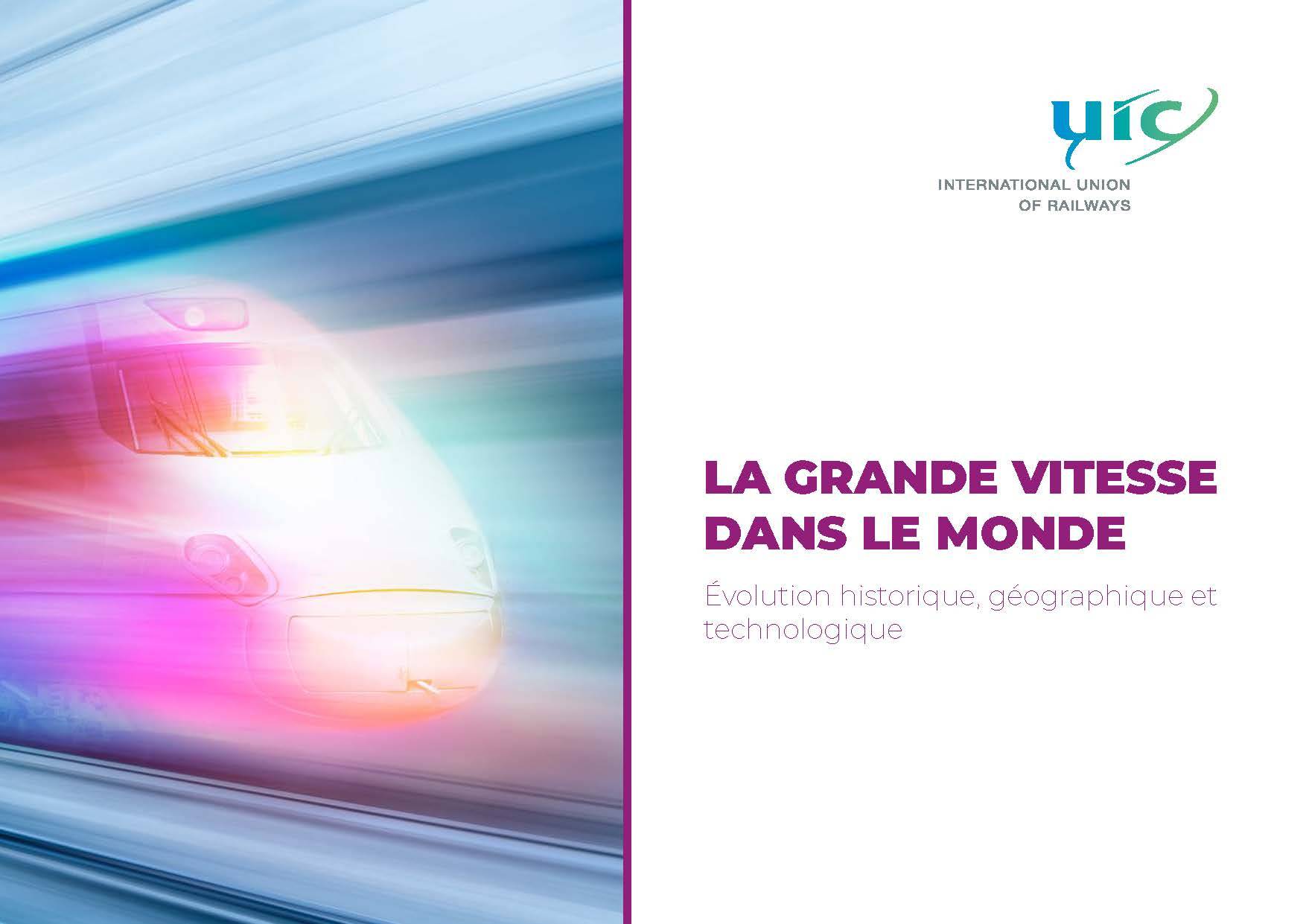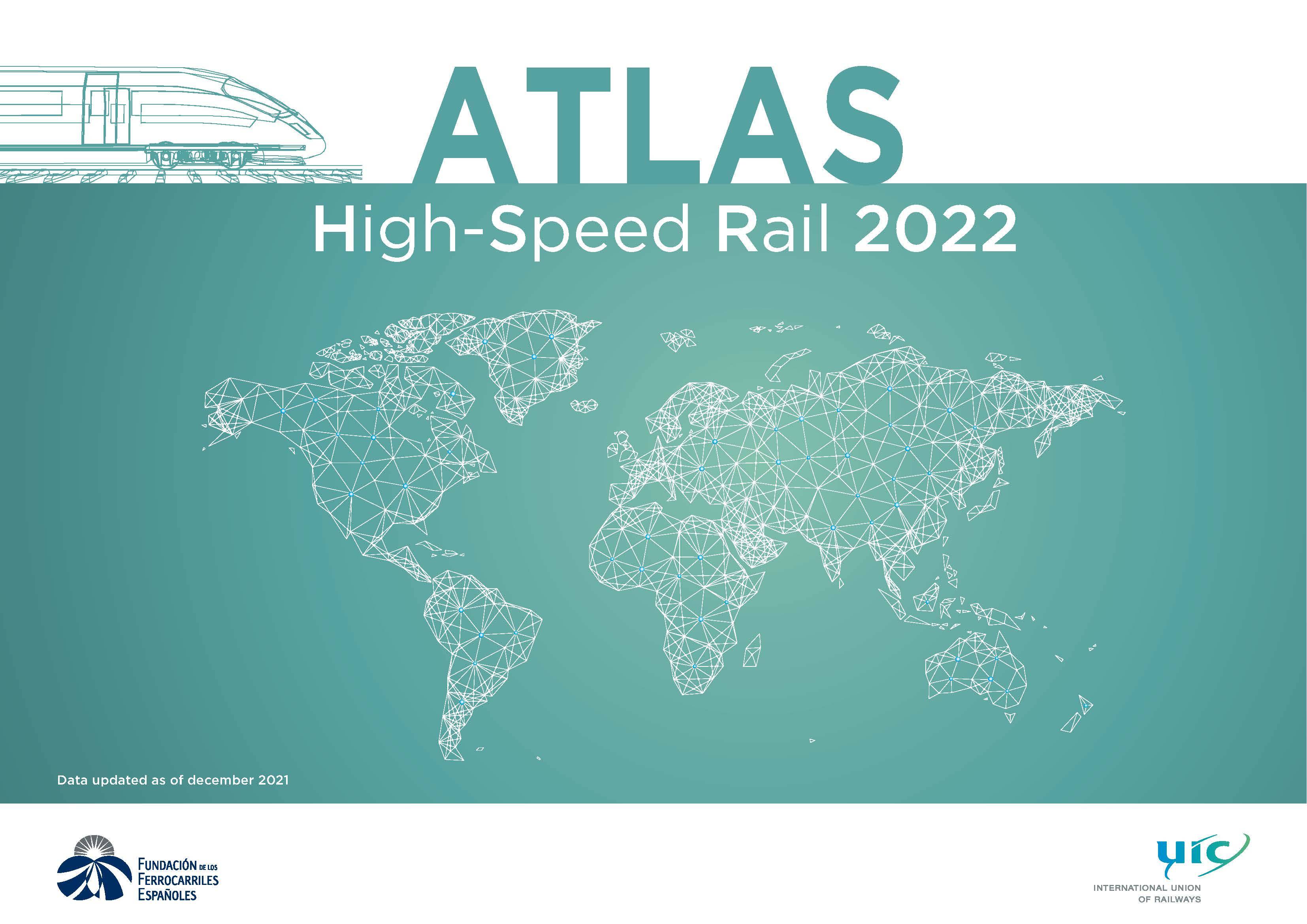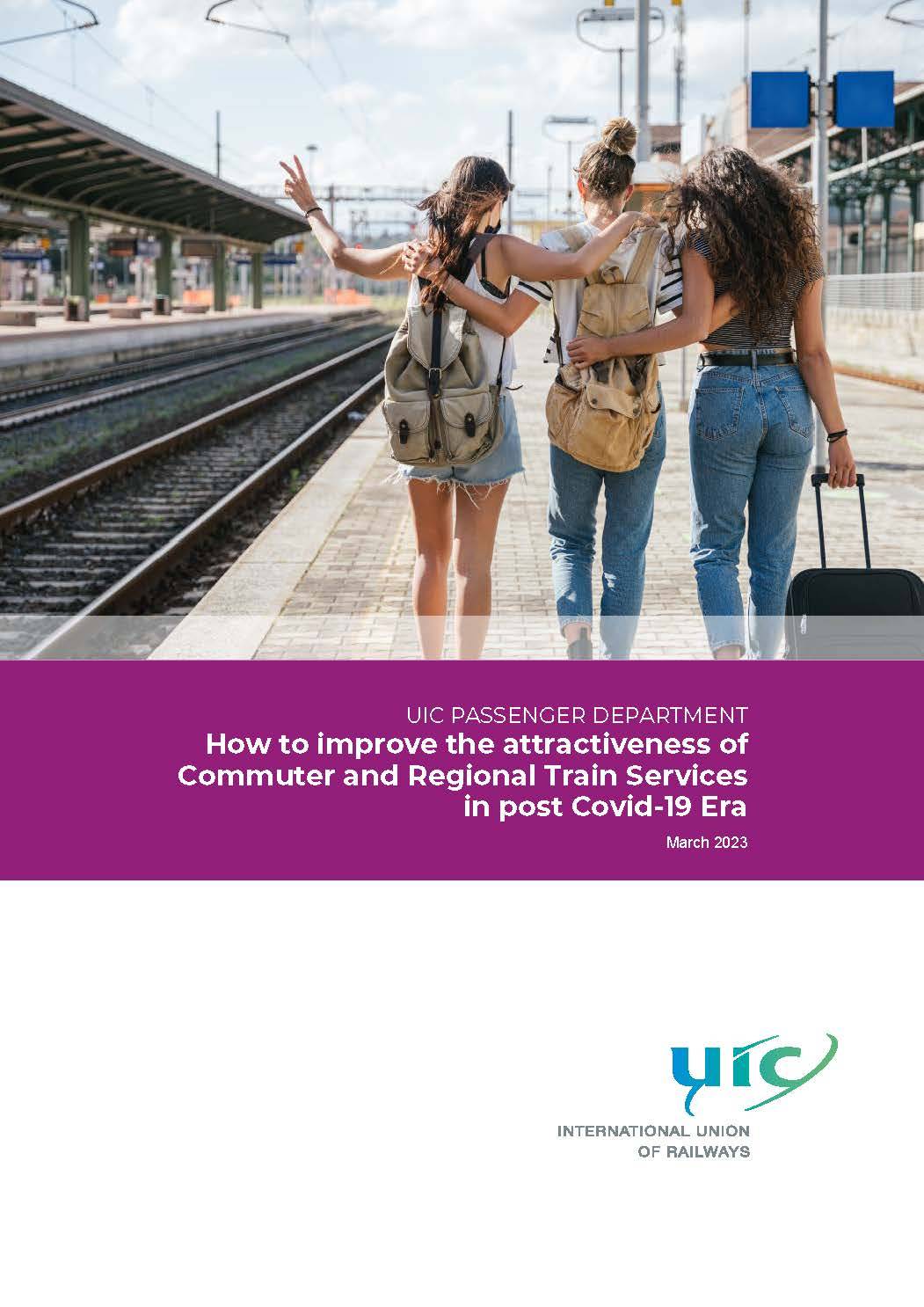Interfaces and Interaction between Infrastructure Subsystem and Rolling Stock
The Interfaces and Interaction between Infrastructure Subsystem and Rolling Stock (TTI) is at the intersection of the Rolling Stock, Track and Structure Sectors. Its main purpose is to study vehicle/infrastructure interaction, taking a holistic system-based approach.
The activities of the TTI Sector are aimed towards improving the operational, economic and environmental efficiency of the railway system, as well as ensuring its safety and improving interoperability.
The efficiency, performance and safety levels of the railway system depend on the balance between its various components: infrastructure, rolling stock, operations, environment, regulations, etc. Changes to one of the components is likely to impact the others, as well as the overall balance.
One of the TTI Sector’s core objectives is to identify and anticipate the impact on the system of upcoming changes to its various components.
The way we work
Currently, UIC TTI coordinates ongoing sub working groups organised in the topics of the sector: Aerodynamics and Acoustics, Pantograph/Catenary Mechanical Interaction, Railway Dynamics and Gauges. Additionally, an observatory of disruptive modes of transport, as hyperloop, was launched in May 2018. The common spirit of the groups is to work together with excellence expertise to:
- Share, disseminate and debate best practices of the sector (benchmarking) and learn from others experience
- collaborate with other UIC departments to achieve the excellence in the sector
- in depth research and testing
- update technical procedures and research associated algorithms
- explore new opportunities, monitoring new disruptive transport modes
UIC TTI Sector also contributes to the Leaflets migration plan into new IRSs. The commitment to revise and update our UIC heritage is being developed by specific groups of experts to provide to the whole rail system with an updated knowledge of technical recommendations and guidelines.
What we want to achieve
Identify interactions and anticipate actions regarding acoustics, aerodynamics and railway dynamics and gauges, to respond to the needs and serve the interests of UIC members.
One of the sector’s most important objectives is to facilitate discussion and information sharing between members at international level.
How we make it happen
We are promoting the activity of our sector, giving visibility to our experts and the topics raised by the group. We collaborate with all the regions of the UIC to promote TTI activities. We are taking an active role in worldwide technological seminars as speakers, and we are structuring our research work to present the main findings in railway congresses and professional publications. We organise specific training sessions with our members to help the railway community understand our sector.
We work throughout structured projects with objectives, planification and foreseen deliverables. The projects are structured into the following main pillars:
Pillar 1. Acoustics and Aerodynamics
For both new investments and existing networks, new technologies provide tools to be used at the service of a connected and robust infrastructure system.
The new Aerodynamics and Acoustics and Pantograph/Catenary Mechanical Interaction working groups and subgroups have already defined their specific areas of work, scope and tasks to be carried out. The production of White Papers for each topic began in 2018, with some publications within the period 2018-2021:
- Acoustics
 AcousticsFebruary 2020The White Paper on Acoustics reflects the current situation and main issues in relation to acoustics and provides information on proposals for technical projects to conduct research and devise solutions for infrastructure managers and railway undertakings. The various topics have been organised into the following three main categories: noise source generation, acoustic comfort, and ground-borne vibrations.
AcousticsFebruary 2020The White Paper on Acoustics reflects the current situation and main issues in relation to acoustics and provides information on proposals for technical projects to conduct research and devise solutions for infrastructure managers and railway undertakings. The various topics have been organised into the following three main categories: noise source generation, acoustic comfort, and ground-borne vibrations. - Aerodynamics
Concerning existing high speed train aerodynamic noise, the main topics to face are cover of gaps in existing standards, means for evaluation and categorisation of noise coming from different sources. AerodynamicsOctober 2018The Aerodynamics White Paper includes elements for the development of opt-in projects based on its three pillar subjects: flying ballast, influence of crosswinds and crossing effects.
AerodynamicsOctober 2018The Aerodynamics White Paper includes elements for the development of opt-in projects based on its three pillar subjects: flying ballast, influence of crosswinds and crossing effects. - Aerodynamic noise (AERONOISE)
- Sidewind Assessment for Infrastructure and Rolling Stock (SAFIRST)
- Crossing Effects Between Trains (CROSS-T)
Pillar 2. Railway dynamics and gauges
For both new investments and existing networks, new technologies, methodologies and procedures provide tools to be used at the service of a connected and robust infrastructure system
Dynamics: Concerning diverse aspects, the main topics raised by the railway community are the following: effect of track of instable vehicles, track quality description for maintenance and simulation purposes, application of the right framework on the various measurement systems. The related projects are:
- Clearance gauge common codification (G-CODE)
- Railway dynamic measuring systems-applications for use (DYNMEASURE)
Pillar 3. Pantograph – Catenary
The subgroup Pantograph-Catenary is being relaunched. A new white paper is foreseen to follow an organised path in this regard.
Pillar 4. Standardisation
TTI is committed with the UIC task of updating the technical documents of the sector worldwide.
Rail System news


Rail System Projects
Rail System events
Publications

Meilleure pratique pour l’évaluation des risques aux passages à niveau

PROACTIVE Pre-Incident Public Information Materials for CBRNe Incidents

La grande vitesse dans le monde - Évolution historique, géographique et technologique

Atlas High-Speed Rail 2022 - A3

HIGH-SPEED RAIL, the right speed for our planet - Key Messages (11th UIC HS Congress)





